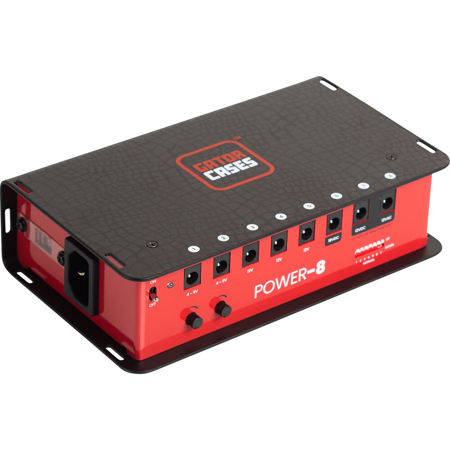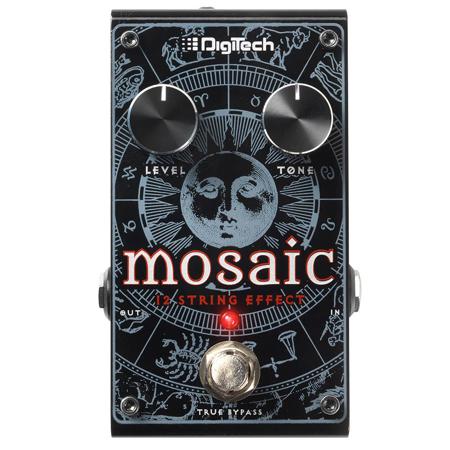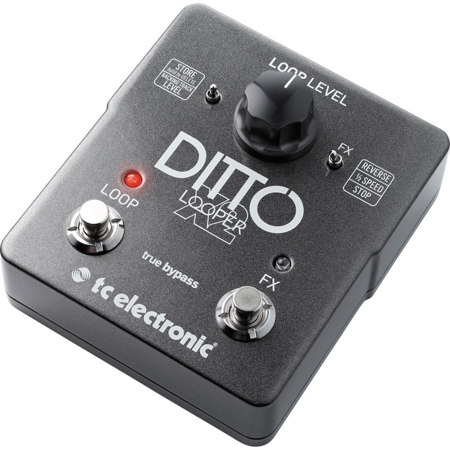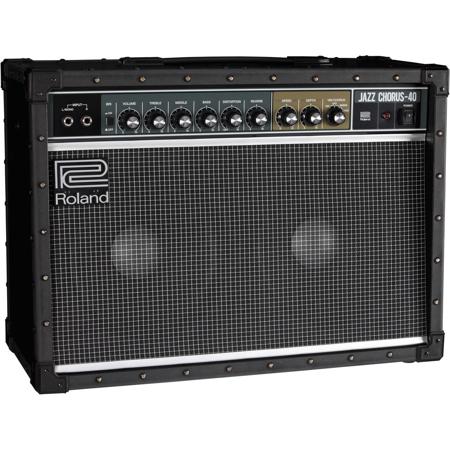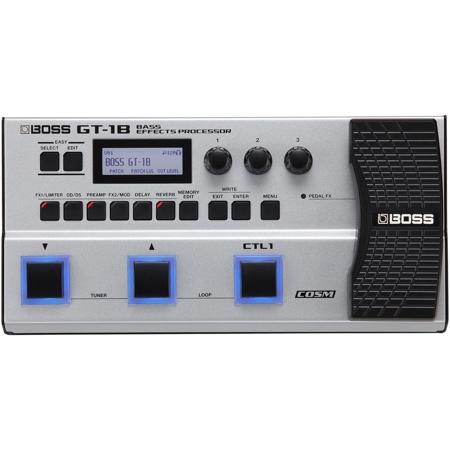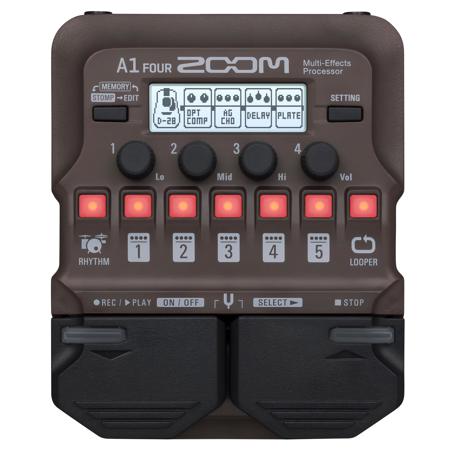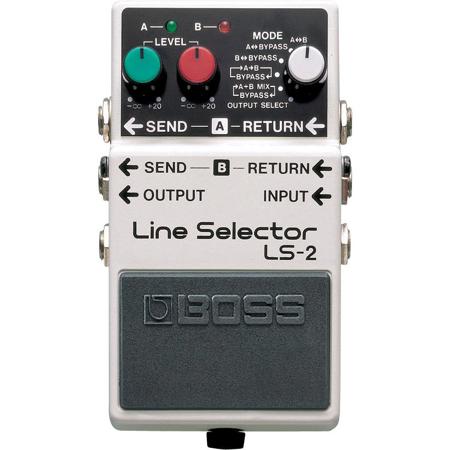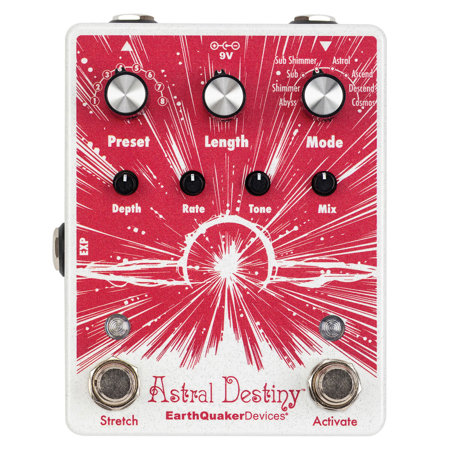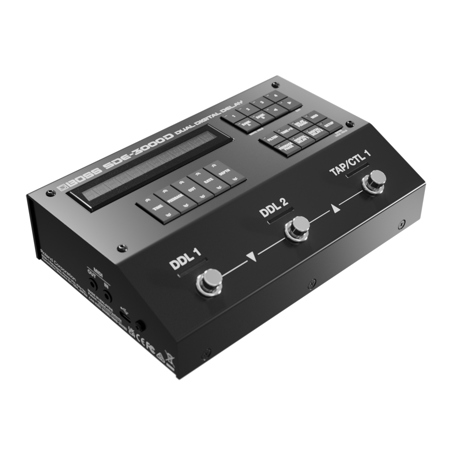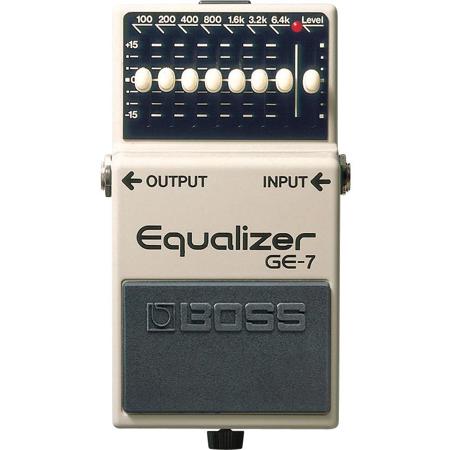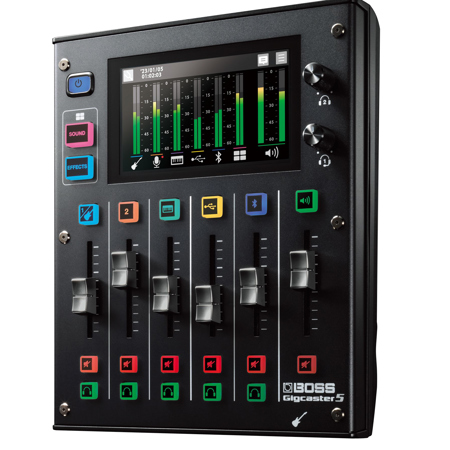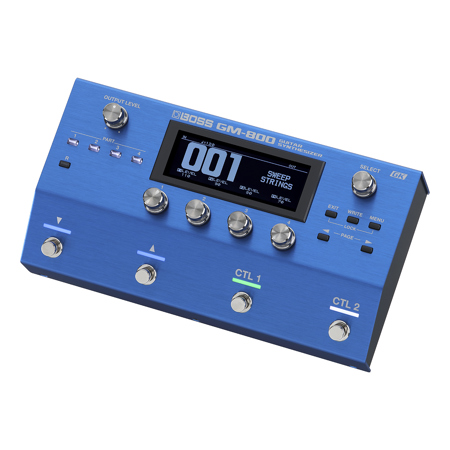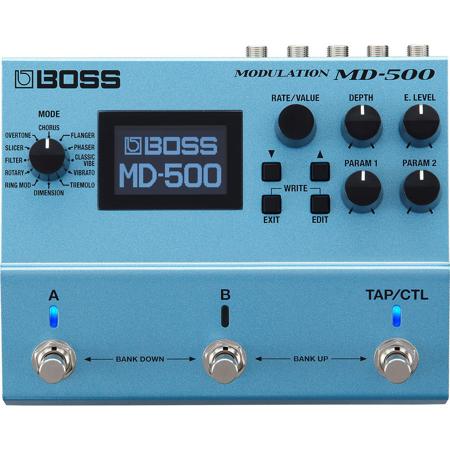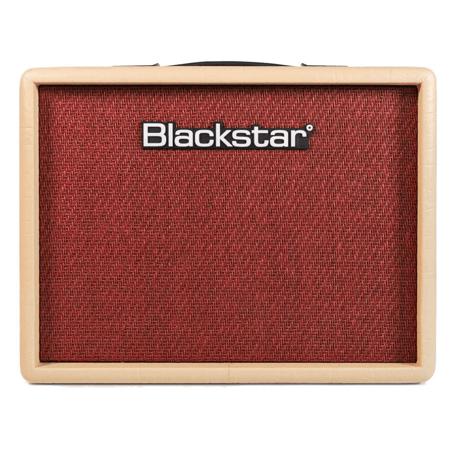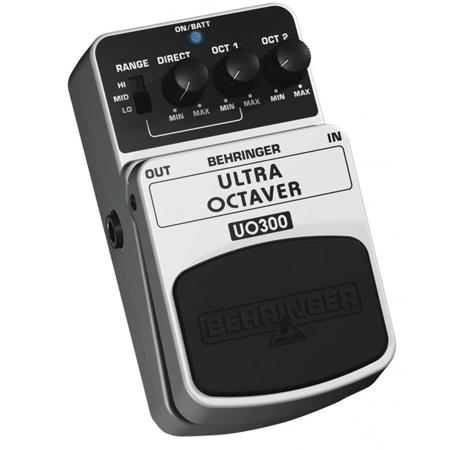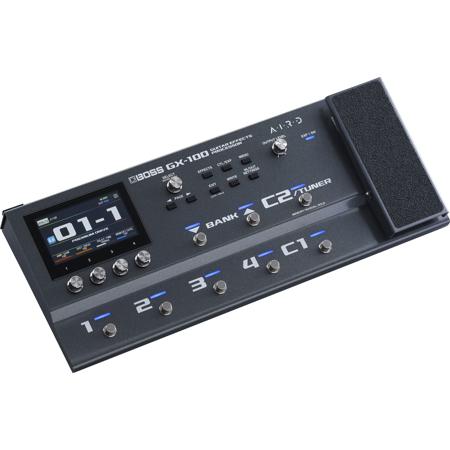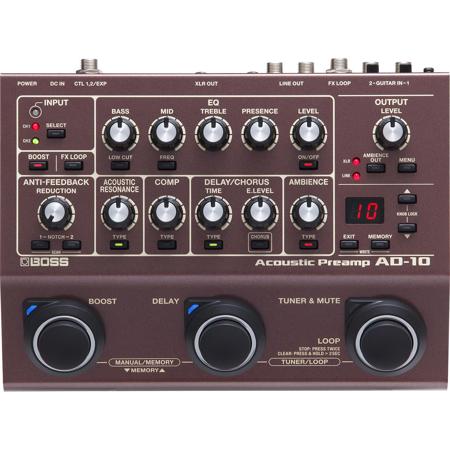Guitar Effects Setup
A well-considered guitar effects setup can completely transform your playing experience, whether you’re a seasoned performer shaping your signature tone or a beginner discovering the world of sound manipulation. The artistry behind crafting a pedalboard lies in understanding the order and interaction of effects—dynamics and filters at the start to sculpt your raw signal, gain-based pedals to add grit or saturation, followed by lush modulation like chorus or phaser, and finally, time-based effects such as delay and reverb to create space and depth. This classic signal chain—guitar to pedals to amplifier—is the foundation for countless iconic sounds, from crisp, articulate cleans to swirling, atmospheric textures. Many guitarists also take advantage of their amplifier’s effects loop, routing time-based effects after the preamp section to preserve clarity and prevent muddiness, especially when stacking multiple effects. This approach is particularly valuable for players who rely on delay and reverb to add dimension without sacrificing definition, whether on stage or in the studio.
Selecting the right components for your guitar effects setup involves more than just picking pedals—it’s about envisioning the sounds you want to create and how each element fits into your musical journey. For gigging musicians, a reliable tuner at the front of the chain ensures every note rings true, while versatile overdrive and distortion pedals offer a palette of tones from subtle warmth to searing leads. Modulation effects can add movement and character, perfect for genres ranging from blues and funk to ambient and experimental. Time-based effects, when placed at the end of your chain or in the effects loop, can elevate solos or add shimmer to rhythm parts. The order of your pedals and quality of your cables can make a noticeable difference, too—experienced players often share stories of finding their “sweet spot” after countless hours of experimentation. For those just starting out, building a pedalboard is an exciting process of discovery, and for the holiday season, a carefully chosen pedal or a tidy patch cable set makes a thoughtful and inspiring gift for the guitarist in your life.
In today’s evolving musical landscape, the lines between analog and digital continue to blur, with many players integrating traditional pedals with advanced processors and software. This hybrid approach opens up endless creative possibilities, whether you’re layering classic stompboxes with cutting-edge amp modeling or using software to fine-tune your rig at home before a big performance. For those interested in expanding their sonic toolkit beyond hardware, exploring Guitar Effects Software can offer even more flexibility and inspiration. Whether you’re dialing in tones for a cozy winter recording session or preparing for next year’s gigs, the right guitar effects setup is both a playground and a toolkit—an essential part of expressing your unique musical voice.
Selecting the right components for your guitar effects setup involves more than just picking pedals—it’s about envisioning the sounds you want to create and how each element fits into your musical journey. For gigging musicians, a reliable tuner at the front of the chain ensures every note rings true, while versatile overdrive and distortion pedals offer a palette of tones from subtle warmth to searing leads. Modulation effects can add movement and character, perfect for genres ranging from blues and funk to ambient and experimental. Time-based effects, when placed at the end of your chain or in the effects loop, can elevate solos or add shimmer to rhythm parts. The order of your pedals and quality of your cables can make a noticeable difference, too—experienced players often share stories of finding their “sweet spot” after countless hours of experimentation. For those just starting out, building a pedalboard is an exciting process of discovery, and for the holiday season, a carefully chosen pedal or a tidy patch cable set makes a thoughtful and inspiring gift for the guitarist in your life.
In today’s evolving musical landscape, the lines between analog and digital continue to blur, with many players integrating traditional pedals with advanced processors and software. This hybrid approach opens up endless creative possibilities, whether you’re layering classic stompboxes with cutting-edge amp modeling or using software to fine-tune your rig at home before a big performance. For those interested in expanding their sonic toolkit beyond hardware, exploring Guitar Effects Software can offer even more flexibility and inspiration. Whether you’re dialing in tones for a cozy winter recording session or preparing for next year’s gigs, the right guitar effects setup is both a playground and a toolkit—an essential part of expressing your unique musical voice.

